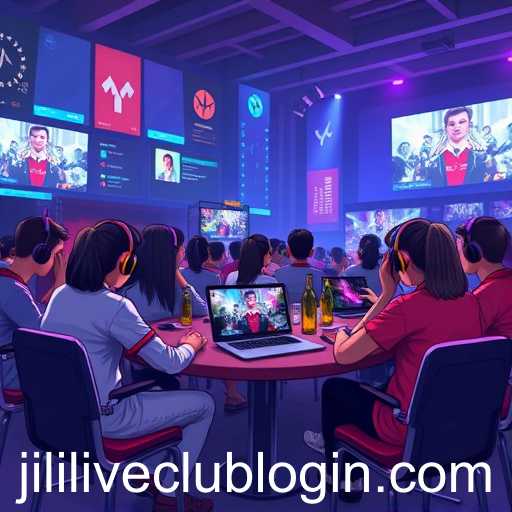The world of online gaming has undergone a significant transformation over the past few years, with platforms like JiliLive gaining traction among gamers worldwide. As of 2025, the demand for interactive and engaging digital experiences is at an all-time high, with communities forming around shared interests and competition.
JiliLive has emerged as a popular choice for gaming enthusiasts, offering a unique blend of games, tournaments, and social networking opportunities. This platform's rise reflects a broader trend in the gaming industry, where players seek more than just gameplay. They desire connection, camaraderie, and the thrill of achieving shared goals within a virtual environment.
Recent reports suggest that the gaming community is not just about entertainment; it's an ever-evolving ecosystem where cultural exchange, economic transactions, and social dynamics play significant roles. JiliLive, for instance, offers a login experience that serves as the gateway to a vast array of games and interactions, fostering both individual and communal growth.
The significant trend of integrating social elements into gaming platforms can be seen as a response to the growing need for connectivity in an increasingly digital world. Players are no longer just competitors; they are collaborators, influencers, and creators who contribute to a shared digital culture.
In recent news, industry analysts predict that platforms like JiliLive will continue to innovate, incorporating more advanced technologies such as virtual reality and artificial intelligence to enhance user experience and foster deeper engagement. As these technologies evolve, the boundaries of what constitutes a gaming community will expand, creating new opportunities for interaction and innovation.
The next few years will likely see further shifts in how gaming communities operate, with greater emphasis on inclusivity and global participation. JiliLive and similar platforms are at the forefront of this movement, signaling a new era where gaming becomes a hub for social interaction and cultural expression. The dynamics of these communities will continue to evolve, reflecting broader changes in society and technology.








